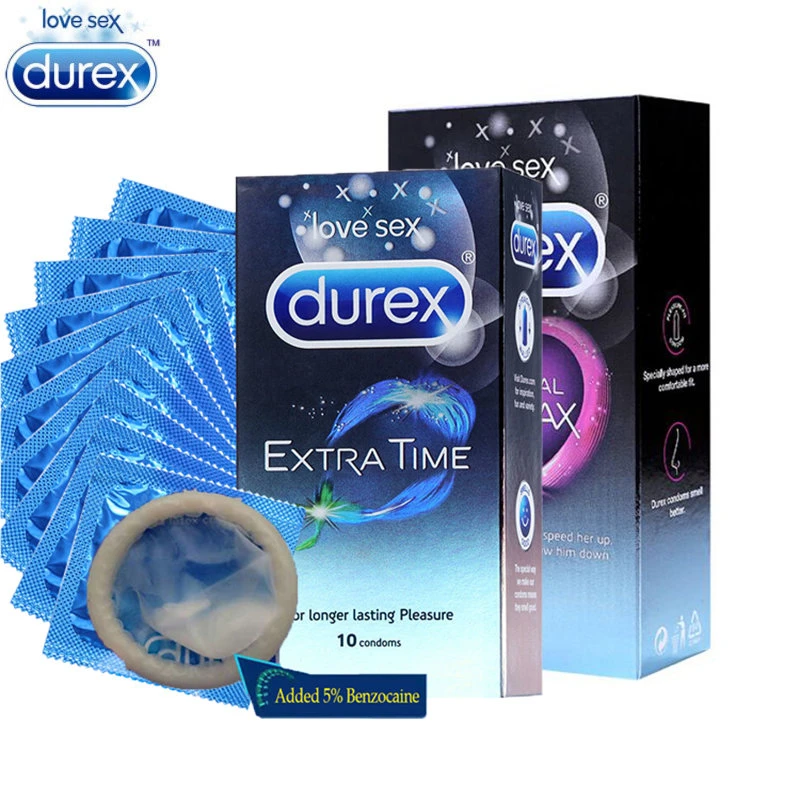“Protect Yourself: Choose the Right Condom for Your Needs!”
Condoms are an essential part of safe sex and are one of the most effective methods of preventing pregnancy and the spread of sexually transmitted infections (STIs). With so many different types of condoms available, it can be difficult to know which one is right for you. This guide will provide an overview of the different types of condoms available, their uses, and tips for choosing the right condom for you.
Exploring the Different Types of Condoms: Pros and Cons of Each
Condoms are an important form of contraception, providing protection against sexually transmitted infections (STIs) and unwanted pregnancies. There are many different types of condoms available, each with its own set of pros and cons. This article will explore the different types of condoms and the advantages and disadvantages of each.
Latex Condoms: Latex condoms are the most common type of condom and are widely available. They are highly effective at preventing STIs and pregnancy, and are relatively inexpensive. However, some people are allergic to latex, so it is important to check for any reactions before use.
Polyurethane Condoms: Polyurethane condoms are a good alternative for those who are allergic to latex. They are just as effective as latex condoms in preventing STIs and pregnancy, but they are more expensive and less stretchy than latex condoms.
Lambskin Condoms: Lambskin condoms are made from the intestinal membrane of lambs and are effective at preventing pregnancy, but not STIs. They are more expensive than latex condoms and can be difficult to find.
Female Condoms: Female condoms are worn inside the vagina and are effective at preventing both STIs and pregnancy. They are more expensive than male condoms and can be difficult to insert.
Reusable Condoms: Reusable condoms are made of silicone and can be used multiple times. They are more expensive than latex condoms, but they are more environmentally friendly.
Novelty Condoms: Novelty condoms are designed for sexual pleasure and are not intended to be used as a form of contraception. They are not as effective at preventing STIs and pregnancy as other types of condoms, so it is important to use them with caution.
In conclusion, there are many different types of condoms available, each with its own set of pros and cons. It is important to consider all of the options before making a decision about which type of condom to use.
How to Choose the Right Condom for You: A Guide to Size and Fit
Choosing the right condom for you is an important part of practicing safe sex. The right condom should fit comfortably and securely, providing both protection and pleasure. To ensure that you select the right size and fit, it is important to understand the different types of condoms available and the measurements that are used to determine the size of a condom.
When it comes to condoms, size matters. Condoms that are too small can break, while condoms that are too large can slip off. To find the right size, you will need to measure the circumference and length of your erect penis. The circumference should be measured around the thickest part of the penis, while the length should be measured from the base of the penis to the tip.
Once you have your measurements, you can use them to determine the size of condom that is right for you. Generally, condoms come in three sizes: small, medium, and large. Small condoms typically measure 4.7 to 5.1 inches in circumference and 6.7 to 7.1 inches in length. Medium condoms measure 5.1 to 5.9 inches in circumference and 7.1 to 7.8 inches in length. Large condoms measure 5.9 to 6.3 inches in circumference and 7.8 to 8.2 inches in length.
In addition to size, it is important to consider the type of condom that is right for you. There are a variety of condoms available, including latex, polyurethane, and lambskin. Latex condoms are the most common and provide the best protection against pregnancy and sexually transmitted infections. Polyurethane condoms are thinner than latex condoms and are a good option for those with latex allergies. Lambskin condoms are made from the intestinal membrane of a lamb and are effective at preventing pregnancy, but do not protect against STIs.
When selecting a condom, it is important to read the label to make sure that it is the right size and type for you. It is also important to check the expiration date to ensure that the condom is still effective. Finally, make sure to store condoms in a cool, dry place to ensure that they remain in good condition.
By taking the time to select the right condom for you, you can ensure that you are practicing safe sex and protecting yourself and your partner. With the right size and type of condom, you can enjoy a pleasurable and safe sexual experience.
The Benefits of Using Condoms: Protection Against STDs and Unwanted Pregnancy
Using condoms is an effective way to protect oneself from sexually transmitted diseases (STDs) and unwanted pregnancy. Condoms are a barrier method of contraception that can be used during sexual intercourse to reduce the risk of transmission of STDs and to prevent pregnancy.
When used correctly and consistently, condoms are highly effective in preventing the spread of STDs. Condoms act as a physical barrier, blocking the exchange of bodily fluids that can transmit infections such as HIV, gonorrhea, chlamydia, and syphilis. Condoms also provide protection against other infections such as genital herpes, human papillomavirus (HPV), and trichomoniasis.
In addition to providing protection against STDs, condoms are also an effective form of birth control. When used correctly and consistently, condoms are 98% effective in preventing pregnancy. This makes them one of the most reliable forms of contraception available.
Using condoms is also a safe and convenient way to practice safe sex. Condoms are widely available and can be purchased at most drugstores, supermarkets, and online. They are also relatively inexpensive and easy to use.
In conclusion, using condoms is an effective way to protect oneself from STDs and unwanted pregnancy. When used correctly and consistently, condoms are highly effective in preventing the spread of STDs and in preventing pregnancy. They are also safe, convenient, and widely available. For these reasons, using condoms is an important part of practicing safe sex.
The Different Materials Used in Condoms: Latex, Polyurethane, and Lambskin
Condoms are an important form of contraception and protection against sexually transmitted infections. They are available in a variety of materials, each with its own advantages and disadvantages.
Latex condoms are the most common type of condom. They are inexpensive, widely available, and provide an effective barrier against both pregnancy and STIs. Latex condoms are also very stretchy, making them comfortable to wear. However, some people are allergic to latex, so it is important to check for any signs of irritation before use.
Polyurethane condoms are an alternative to latex condoms. They are thinner and more durable than latex condoms, making them a good choice for people with latex allergies. They are also less likely to break during use. However, polyurethane condoms are more expensive than latex condoms and may not provide as much protection against STIs.
Lambskin condoms are made from the intestinal membrane of a lamb. They are the most expensive type of condom and are not as widely available as latex or polyurethane condoms. Lambskin condoms are effective at preventing pregnancy, but they do not provide protection against STIs.
When choosing a condom, it is important to consider the material, cost, and effectiveness. Latex condoms are the most widely available and provide the best protection against both pregnancy and STIs. Polyurethane condoms are a good choice for people with latex allergies, while lambskin condoms are best for preventing pregnancy.
The Importance of Proper Condom Use: Tips for Safe and Effective Protection
Condoms are an important form of contraception and protection against sexually transmitted infections (STIs). Proper condom use is essential for ensuring that condoms are effective in preventing pregnancy and STIs. This article provides tips for safe and effective condom use.
First, it is important to choose the right type of condom. Latex condoms are the most common and effective type of condom. They are also the most affordable. However, if you or your partner has a latex allergy, there are other types of condoms available, such as polyurethane or lambskin condoms.
Second, it is important to check the expiration date on the condom package before use. Condoms that are past their expiration date are more likely to break or tear during use.
Third, it is important to use lubricant with condoms. Lubricant helps reduce friction and makes the condom more comfortable to use. Water-based lubricants are the safest to use with condoms, as oil-based lubricants can weaken the latex and increase the risk of breakage.
Fourth, it is important to use condoms correctly. Before use, check the condom for any signs of damage, such as tears or holes. When putting on the condom, make sure to leave some space at the tip to collect semen. Pinch the tip of the condom to remove any air bubbles and roll the condom down the entire length of the penis. After ejaculation, hold the base of the condom while withdrawing the penis to prevent the condom from slipping off.
Finally, it is important to dispose of condoms properly. Condoms should be disposed of in a trash can, not flushed down the toilet.
By following these tips, you can ensure that condoms are used safely and effectively. Condoms are an important form of contraception and protection against STIs, and proper use is essential for ensuring that they are effective.A Guide to Choosing the Right Condom is an invaluable resource for anyone looking to make an informed decision about the type of condom that is best for them. With a wide variety of materials, sizes, and shapes available, there is sure to be a condom that meets the needs of any individual. By understanding the different types of condoms and their uses, individuals can make an informed decision about the type of condom that is best for them and their partner.




